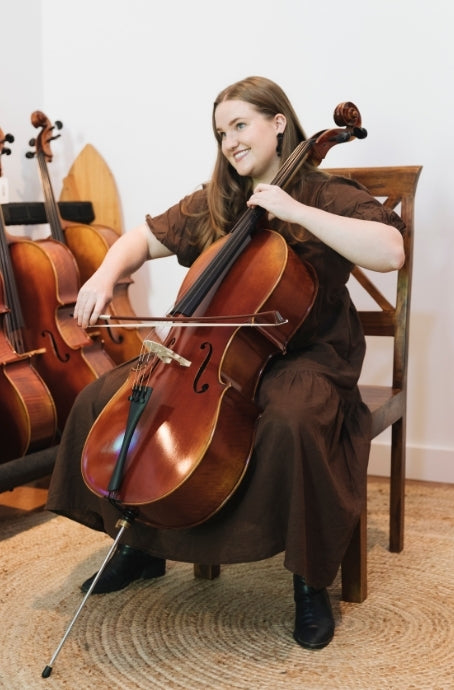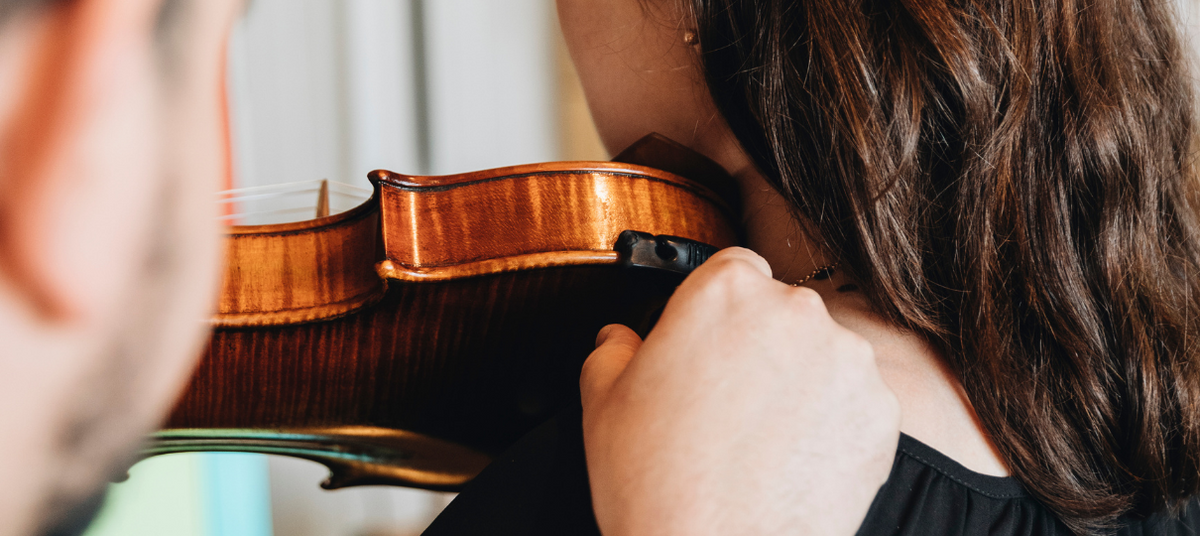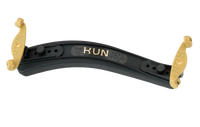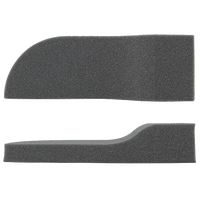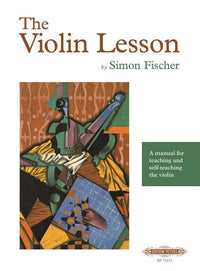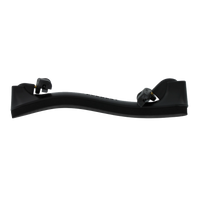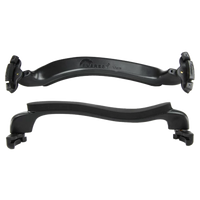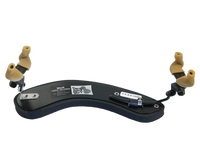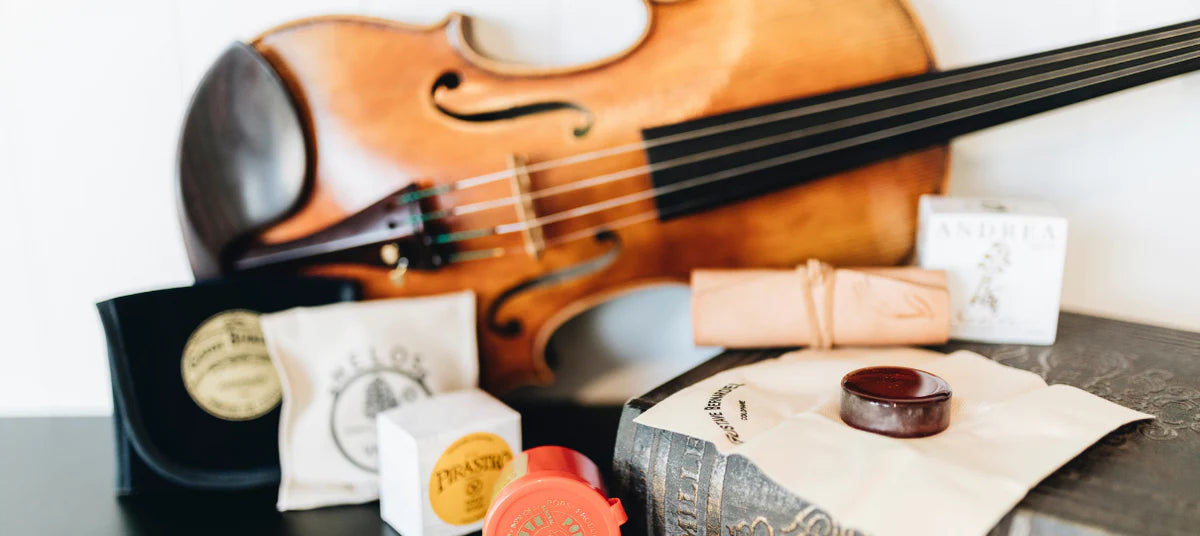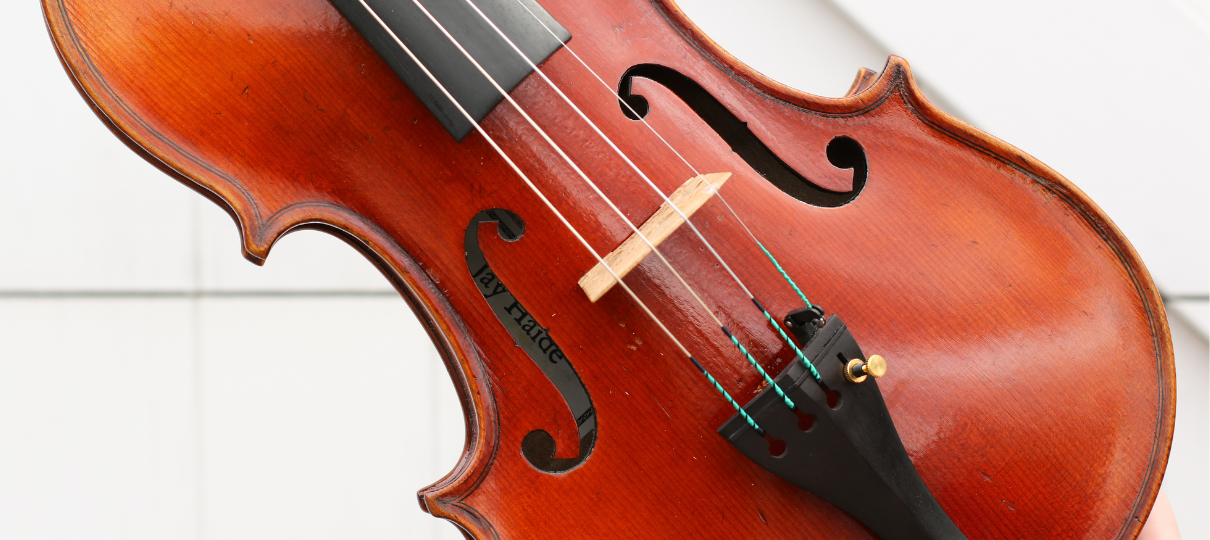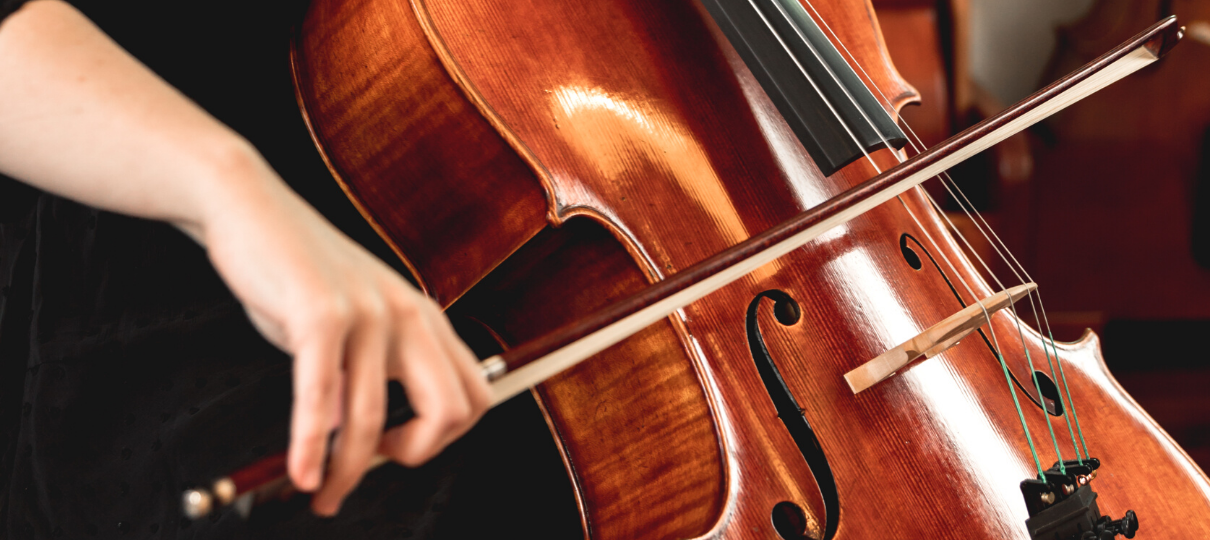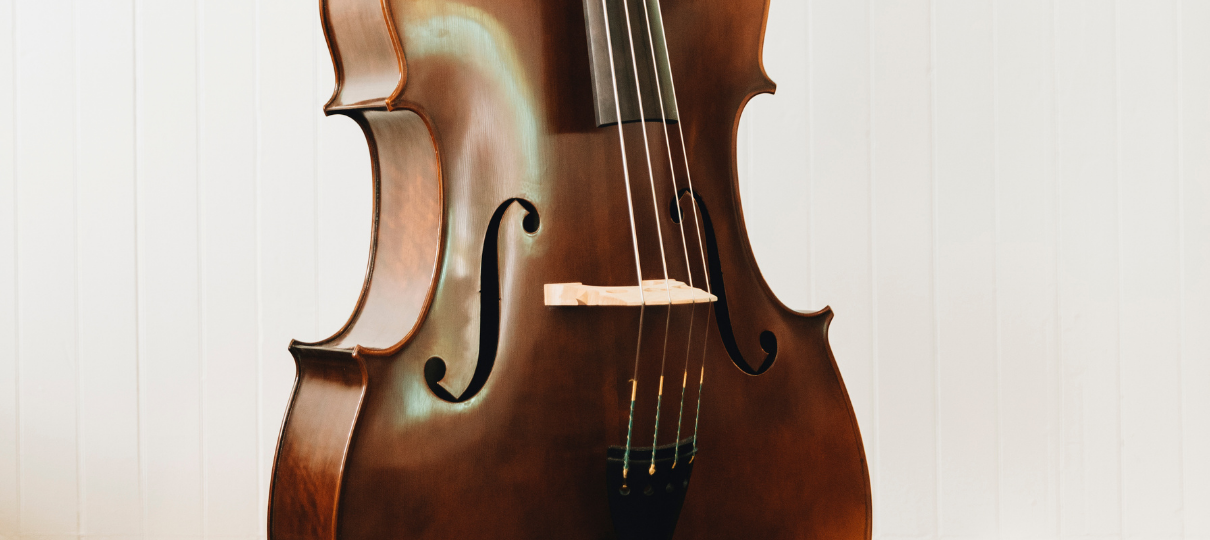Finding the right shoulder rest can be a daunting task…let us help!
Robyn discusses the use of shoulder rests and how you can ensure a perfect fit, every time. Find our guide to adding the chin rest to the equation here.
One common concern that is raised among our customers is that their shoulder rest is uncomfortable. Violist Michael Tree states, “Anything that improves the comfort of the musician improves the tone of the instrument.” As a teacher, I’d like to take this quote further and suggest, “Anything that improves the comfort of the musician increases the amount of home practice.”
In this two-part blog, we will examine how to achieve the ultimate set-up for your instrument that will allow for comfort whilst still obtaining a beautiful tone from your instrument.
Like musicians, shoulder rests come in many different shapes and sizes. It is important to realise that your shoulder rest should be the most appropriate choice for you; no one else can experience comfort as you personally experience it. As such, it is important that you take time when selecting the most appropriate shoulder rest for your instrument. It’s also important to be honest with your teacher about how you are experiencing the shoulder rest. Ultimately, they want the best outcome for you and so they need to hear about your level of comfort.
There are many arguments supporting the use of the shoulder rest. The main point is that it frees up the left hand. This then allows for fluent shifting throughout.
A good shoulder rest also enhances the resonance of the instrument by lessening the point of contact. The basic design of some of our most popular shoulder rests, Kun, Wolf and Everest, emphasises this point by only being in contact with the instrument on the ribs of the violin or viola.
Some of the greatest pedagogues are fervently against the use of the shoulder rest. Paul Rolland, Aaron Rosand and Mimi Zweig are all opponents to the shoulder rest. They believe that the tone of the instrument is freer without anything dampening the instrument and that the shoulder itself is able to swing beneath the instrument without being restricted by the shoulder rest.
Many teachers who move their students on from using a shoulder rest often find a happy medium with the use of a shoulder pad such as the PSR. This shaped piece of foam is attached to the instrument with rubber bands and can be perfectly shaped for the individual player.
One thing all pedagogues agree on is the use of stretching at both the beginning and end of a practice session. Simon Fisher offers a range of stretching exercises in his manual, “The Violin Lesson”. This book offers some great insights on relieving tension and should be an essential part of every string teacher’s library.
At Simply for Strings we have a range of shoulder rests available for all body types and all instruments. Shoulder rests are no longer a ‘2 horse race’ between the Kun and Wolf. Book an appointment with one of our violin or viola specialists today, who have tried and tested every shoulder rest we offer. Our specialists help you trial every shoulder rest with your instrument so you can find a comfortable match.
For a young beginner student, the ‘Fom’ shoulder rest offers ease of use whilst still providing comfort. It is an all too common scenario that beginners often practise without a shoulder rest as they find it is very difficult to place the shoulder rest accurately. The Everest shoulder rest offers increased comfort and is also available in many stylish colours. Make sure you come in for a ‘set-up, check-up’ today.
Anyone of our friendly staff can assess your set up and offer alternatives to assist you in finding the most comfortable shoulder rest for you. Visit us between 9am and 5pm every Monday through Saturday and 10am to 2pm every Sunday to let us help you find the perfect setup!





